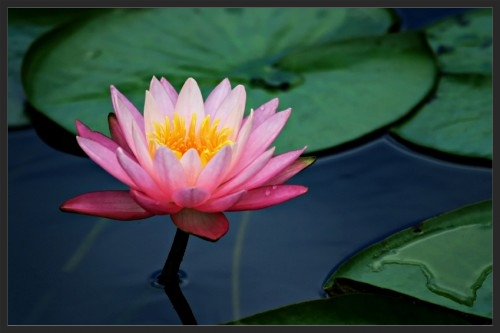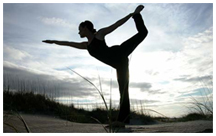Hope… it Guides the Therapeutic Process
What is hope?

“Hope is looking forward with both confidence and unsureness to something good. When we hope, we anticipate that something we want to happen can indeed happen. Even if it’s unlikely, it’s still possible. Even if others do not see things as we do, we’re still convinced what we hope for, can still come true. Will it happen for sure? No one can say. Yet when it’s unlikely, that is no reason for us to stop hoping. It is no reason to surrender the future we have envisioned.
When we hope, we expect the future can somehow be better, no matter what our present condition is. And should that future turn out to be other than we imagined, all is not lost. For when we hope the present is also affected.
As much as anything, hope helps us live with the unpredictability we must face from time to time in our lives. It serves as a companion when the future is unclear. Hope stays with us and heartens us when our options appear unlimited. When the possibilities seem to diminish, it harkens us to see life as it may become.”
If hope-based counselling strikes a chord with you, read on…
Why do we hope?
“We hope because it is essential to the quality of our life – as essential as is breath to our physical existence. When we hope, we are willing to get up one more time when we fall down. We are willing to give ourselves one more chance, again and again.
With hope we can deepen as a human being.
With hope we can find meaning in how we respond to what has happened to us.
With hope, whatever the outcome, we can go on.”
-Jevne, R. F., & Miller, E. (1999). Finding Hope. Fort Wayne, Indiana: Willowgreen Publishing.
Healthy Practices… Enhance the Therapeutic Process
 The term yoga comes from a Sanskrit word meaning “merger” or “union.” Traditionally, yoga aims to unite the individual self with the Divine, Universal Spirit, or Higher Power. Physical and mental exercises are designed to help reduce stress and increase well-being. On the physical level, yoga postures, called asanas, are designed to tone, strengthen, and align the body. These postures are performed to make the spine supple and healthy and to promote blood flow to all the organs, glands, and tissues, keeping all the bodily systems healthy. On the mental level, yoga uses breathing techniques (pranayama) and meditation (dyana) to quiet, clarify, and discipline the mind. However, experts are quick to point out that yoga is not a religion, but a way of living with health and peace of mind as its aims.
The term yoga comes from a Sanskrit word meaning “merger” or “union.” Traditionally, yoga aims to unite the individual self with the Divine, Universal Spirit, or Higher Power. Physical and mental exercises are designed to help reduce stress and increase well-being. On the physical level, yoga postures, called asanas, are designed to tone, strengthen, and align the body. These postures are performed to make the spine supple and healthy and to promote blood flow to all the organs, glands, and tissues, keeping all the bodily systems healthy. On the mental level, yoga uses breathing techniques (pranayama) and meditation (dyana) to quiet, clarify, and discipline the mind. However, experts are quick to point out that yoga is not a religion, but a way of living with health and peace of mind as its aims.

Meditation is another indispensable tool to reduce stress and increase well-being. Meditation has the reputation of being esoteric and difficult, and something that requires special training and years of study. But that isn’t the case—meditation is largely learning to recognize and let go of unhealthy thought patterns. It’s not as hard as you think. There are plenty of excellent websites and apps that explain and teach meditation.
Mindfulness was originally developed in the context of meditation practice, but mindfulness has also been shown to be helpful for those suffering from stress, anxiety, and difficult life challenges. Mindfulness is staying aware of and paying close attention. Mindfulness and Being Present are used by a growing number of psychologists in their therapeutic work.